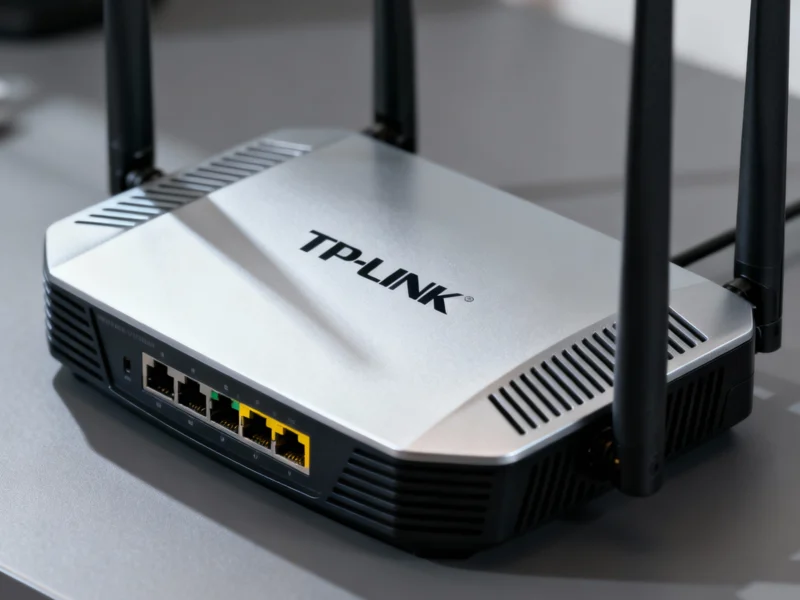According to Forbes, Ukraine has delivered its first thousand locally-made quadcopter drones to frontline troops, challenging China’s DJI which has dominated military reconnaissance operations. Deputy Prime Minister Mykhailo Fedorov confirmed the deployment of Ukrainian alternatives like the Ukropter, Yautja, and Shmavik, which feature jam-resistant communications and AI-enabled visual navigation for GPS-denied environments. These domestic drones cost more than DJI’s $2,000 Mavic series but achieve five times more missions per unit—300 versus 60—making them more cost-effective despite higher initial prices. The shift comes as DJI has banned sales to Ukraine and implements geoblocking that requires extensive hacks to operate in conflict zones. This development signals a strategic move toward sovereign drone production in an industry where DJI forced most American competitors out of consumer markets during the 2010s.
The Unraveling of DJI’s Military Monopoly
DJI’s near-total dominance of tactical reconnaissance drones represents one of the most remarkable market captures in modern technology history. Since launching their first consumer drone in 2013, the Shenzhen-based company achieved what few hardware manufacturers ever manage: creating a product so superior that it became the generic term for an entire category. “Mavik” now means quadcopter in military parlance, much like “Xerox” once meant photocopy. However, Ukraine’s successful deployment of domestic alternatives at scale demonstrates that military requirements have fundamentally diverged from consumer priorities. Where DJI optimized for camera quality, flight time, and user experience, Ukrainian manufacturers like Frontline Robotics and Atlas Aerospace prioritize electronic warfare resistance, mission survivability, and operational reliability above all else.
The New Economics of Military Drone Operations
The most significant revelation from Ukraine’s drone development isn’t the technology itself, but the complete rethinking of cost metrics. As the Frontline Robotics spokesman noted, the key metric has shifted from price per drone to cost per mission. This represents a fundamental change in military procurement philosophy. A drone that costs twice as much but survives five times longer isn’t just better value—it changes tactical planning, logistics, and operational tempo. Military units can plan sustained reconnaissance campaigns without constant resupply concerns. The AtlasUltra ground station with its 2000-nit screen brightness versus DJI’s 700-nit display illustrates how Ukrainian manufacturers are optimizing for battlefield conditions rather than consumer convenience.
The Global Supply Chain Realignment
Ukraine’s success in building a domestic drone ecosystem despite wartime constraints reveals critical vulnerabilities in global technology supply chains. The fact that Motor-G now produces over 100,000 drone motors monthly shows how quickly specialized manufacturing can scale when national survival depends on it. More importantly, Ukraine’s progress in domestic battery production, flight controllers, and thermal imaging cameras demonstrates that the barriers to sovereign drone production are more about economic will than technical impossibility. As Dr Oleksandra Molloy’s research indicates, nations watching Ukraine’s experience are learning that drone sovereignty requires building complete ecosystems, not just assembly operations.
The Future Competitive Landscape
The emergence of viable DJI alternatives from Ukraine creates a blueprint that other nations will certainly follow. The Pentagon’s ban on DJI drones over data security concerns now looks prescient rather than protectionist. We’re likely to see specialized military drone manufacturers emerge in multiple countries, each optimizing for their specific operational environments and threat profiles. The consumer market may remain DJI’s domain, but the military and government sectors are fragmenting rapidly. This represents both a threat to DJI’s growth and an opportunity for specialized manufacturers who understand that military users have completely different priorities than recreational flyers or commercial operators.
The Human Factor in Technology Transitions
The most underestimated challenge for Ukrainian drone makers isn’t technical—it’s psychological. As the article notes, convincing experienced operators to switch from trusted DJI equipment to unfamiliar domestic alternatives represents a significant adoption barrier. This mirrors enterprise technology transitions where user familiarity often outweighs technical superiority. Ukrainian manufacturers must overcome not just skepticism about quality but deeply ingrained operational habits. The success of companies like Atlas Aerospace and Frontline Robotics will depend as much on training, support, and gradual feature adoption as on technical specifications.
The broader lesson for global defense manufacturers is clear: specialized military requirements create market opportunities that consumer-focused companies cannot effectively address. Ukraine’s drone revolution demonstrates that when national security depends on technological sovereignty, cost structures and development timelines transform dramatically. The companies that succeed in this new landscape will be those that understand military operations as intimately as they understand drone technology.




